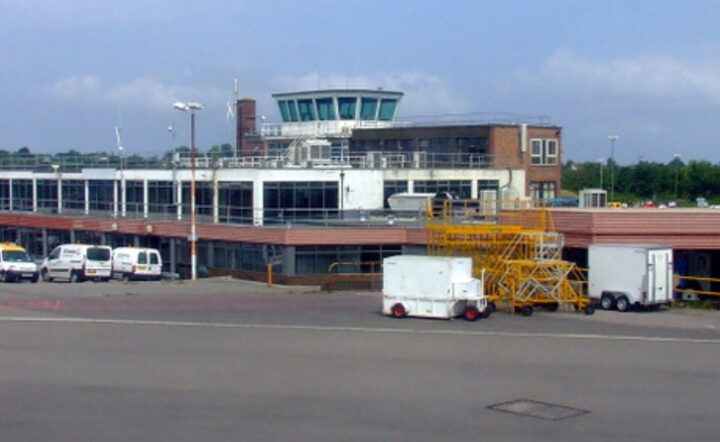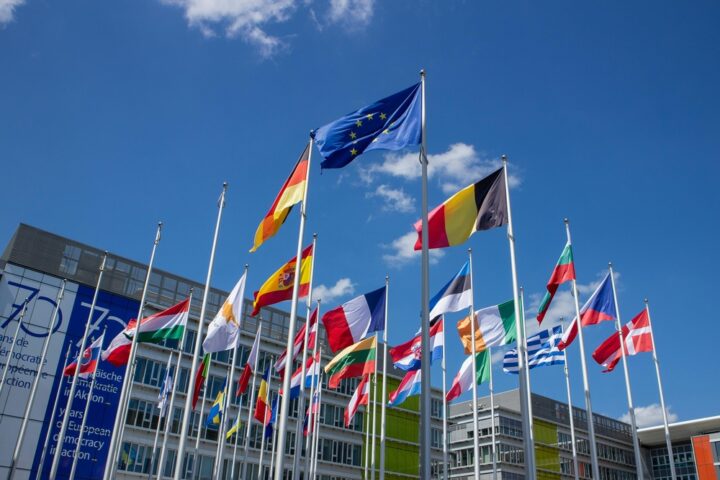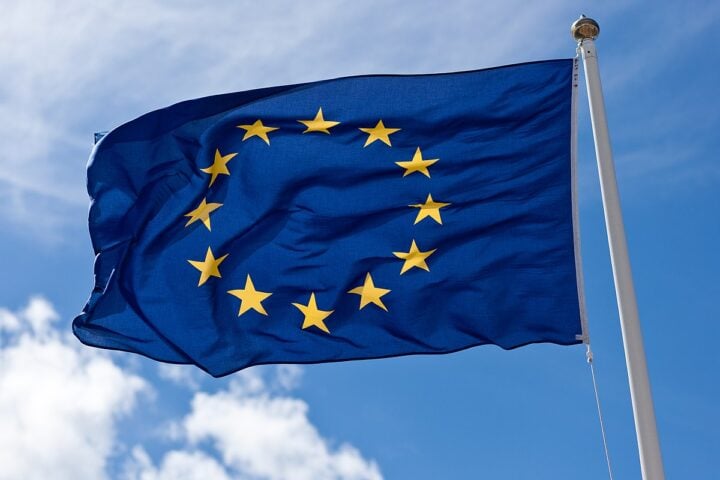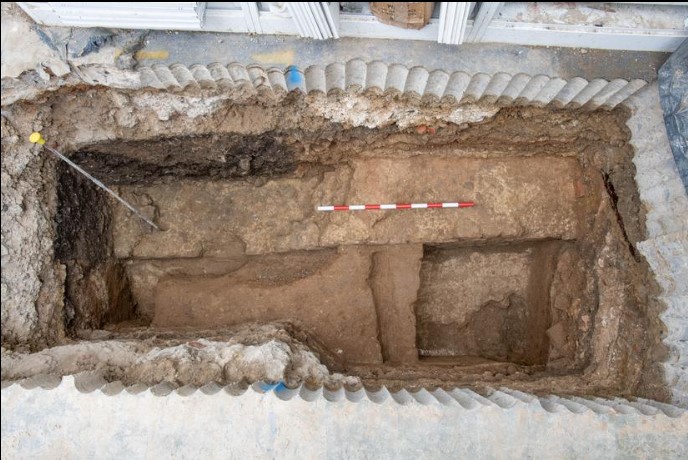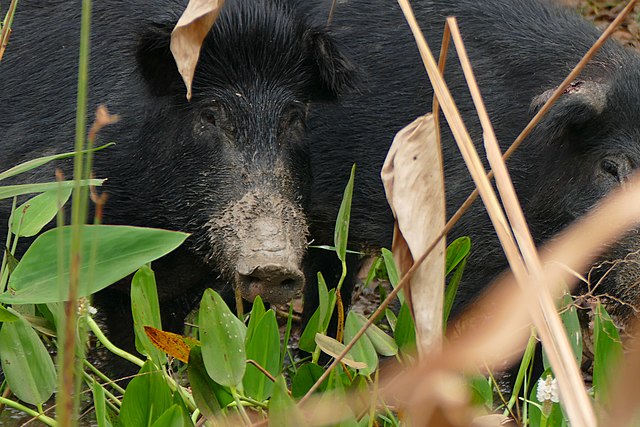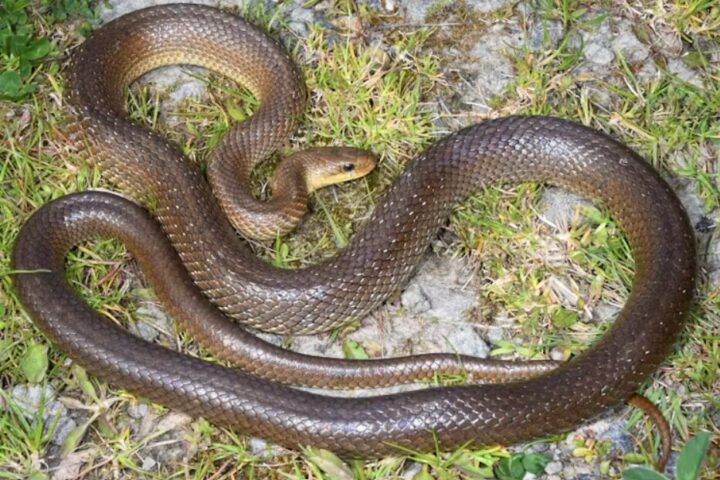A new type of herring discovered in the Baltic Sea is making waves among scientists. Unlike normal herring that eat tiny floating organisms, these larger herring eat other fish – especially ones causing problems in local waters.
Working with local fishing boats, scientists found these special herring, which locals call “slåttersill,” swimming along Sweden’s coast. What’s interesting is that these fish are not just bigger – their DNA shows they’re different from regular herring.
“We found two distinct groups of these fish-eating herring,” says Jake Goodall from Uppsala University. “One group lives in the northern waters near the Gulf of Bothnia, while the other group lives further south, from Stockholm down to Kalmar.”
These bigger herring help keep the waters healthy by eating small fish called sticklebacks. This matters because sticklebacks have become a big problem in recent years. When there are too many sticklebacks, they eat the eggs of other important fish and cause more algae to grow in the water, making it unhealthy.
Similar Posts
“In places where we found lots of these large herring, there were fewer sticklebacks,” explains Serena Donadi, a scientist studying these fish. This natural control system could help maintain the Baltic Sea ecosystem.
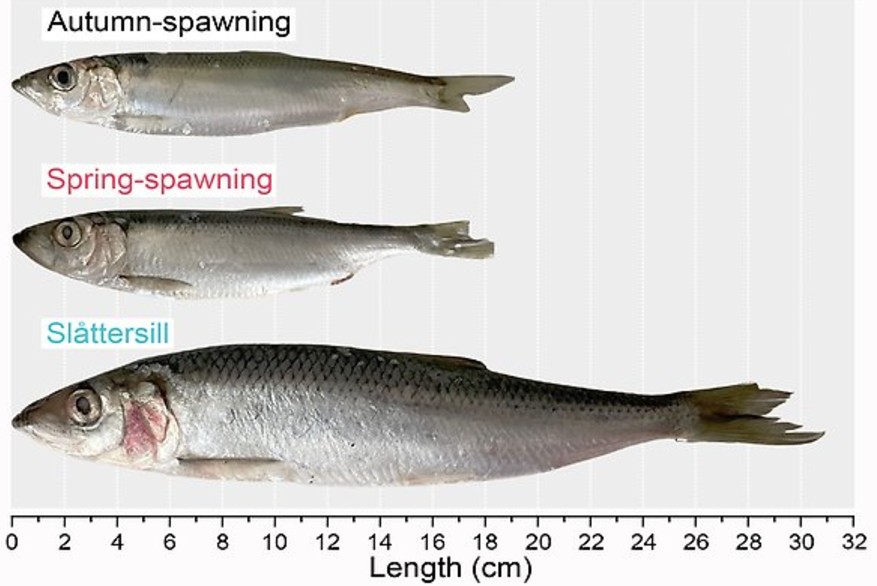
The declining number of these large herring has been observed in the Baltic Sea, which researchers suggest may contribute to the increase in sticklebacks. When herring populations drop, sticklebacks face less competition for food and thrive, as both fish species eat similar foods.
This discovery shows how nature often has its own balance in ecosystems. Local fishing communities helped make this discovery possible by working with scientists, showing how traditional fishing knowledge can help understand modern environmental challenges.
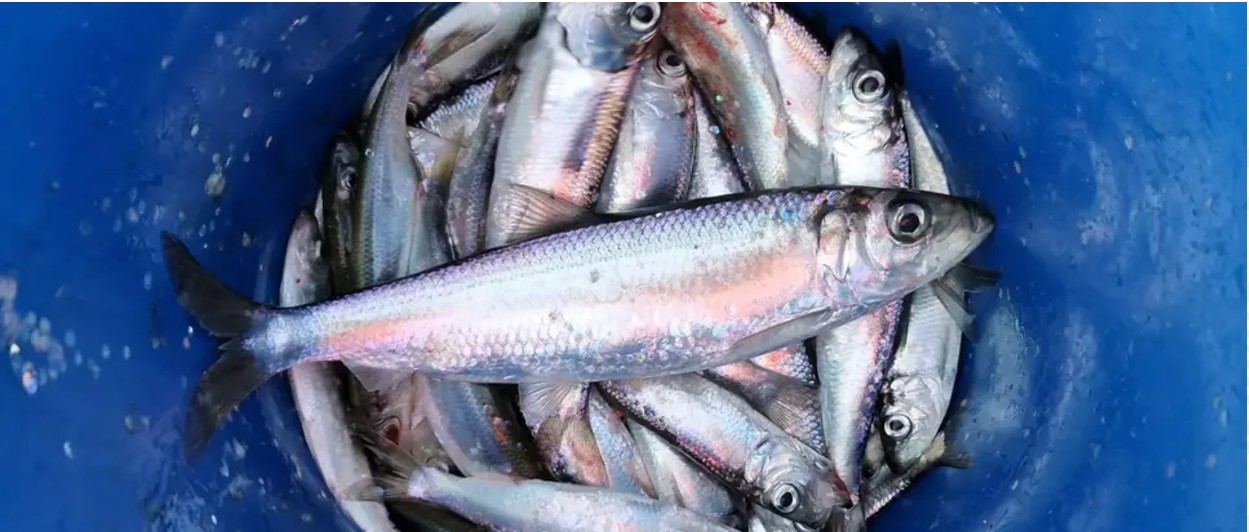
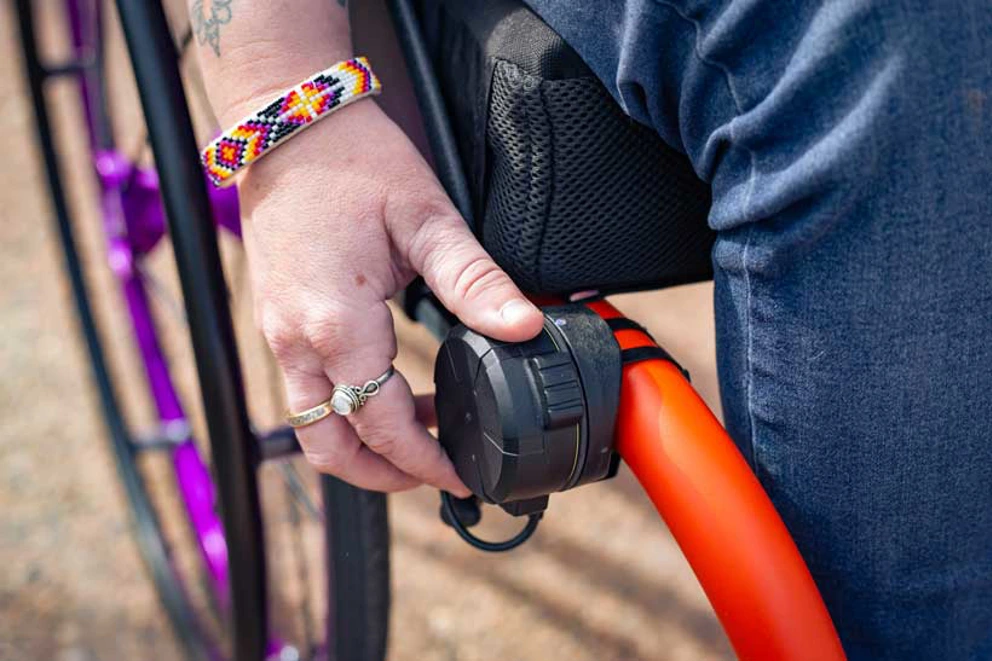
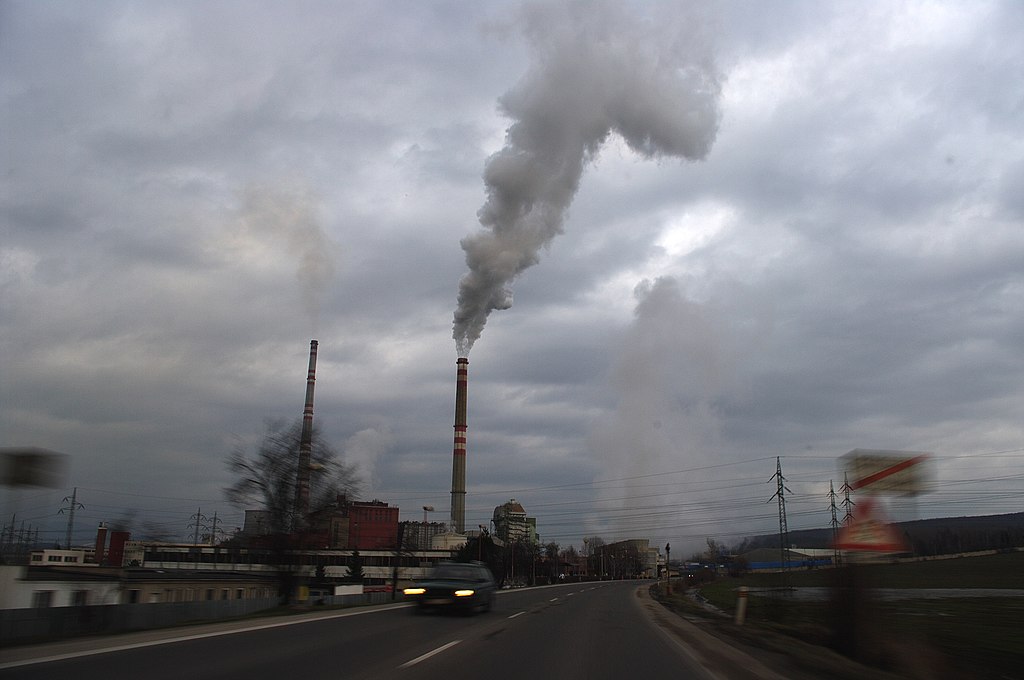
![Mina do Bugalho, Portugal [2011]. Photo Source: almoço no zé unta (CC BY-SA 2.0)](https://www.karmactive.com/wp-content/uploads/2025/05/500px-Portuguese_Lunch-500x480.jpg)



